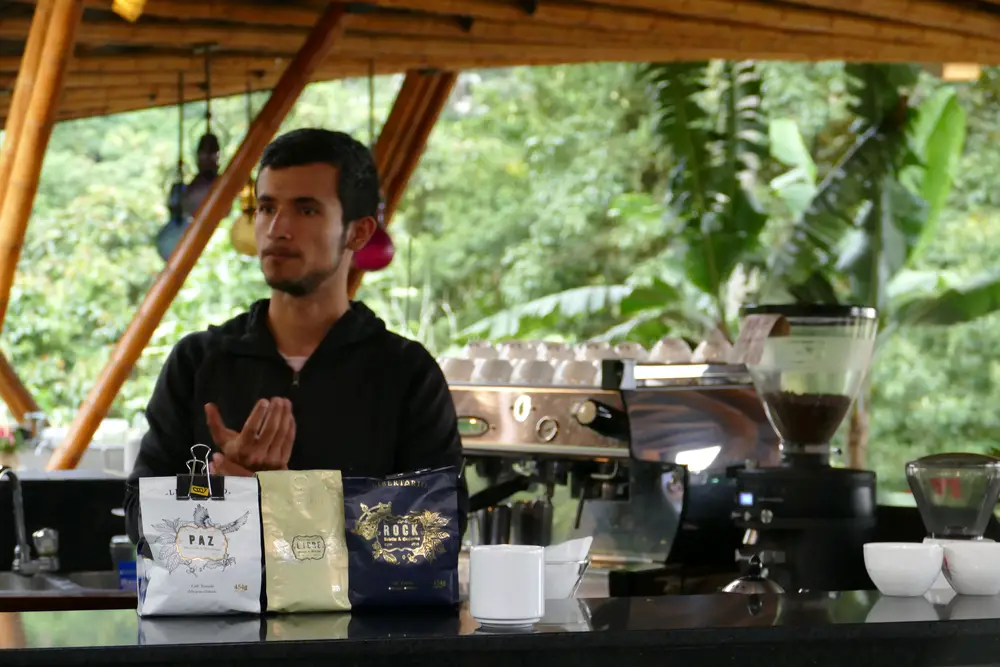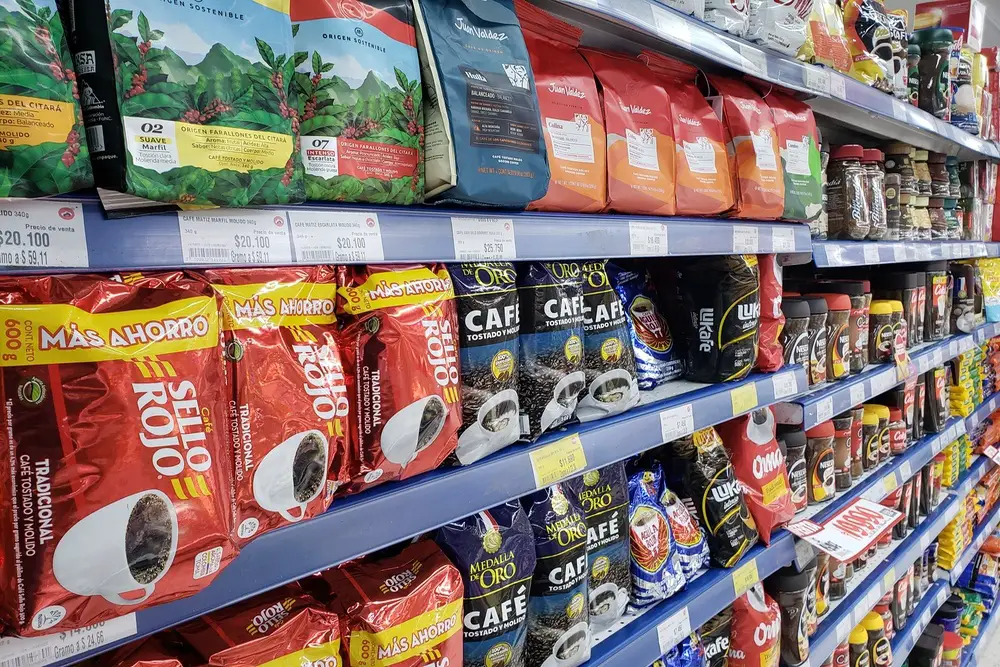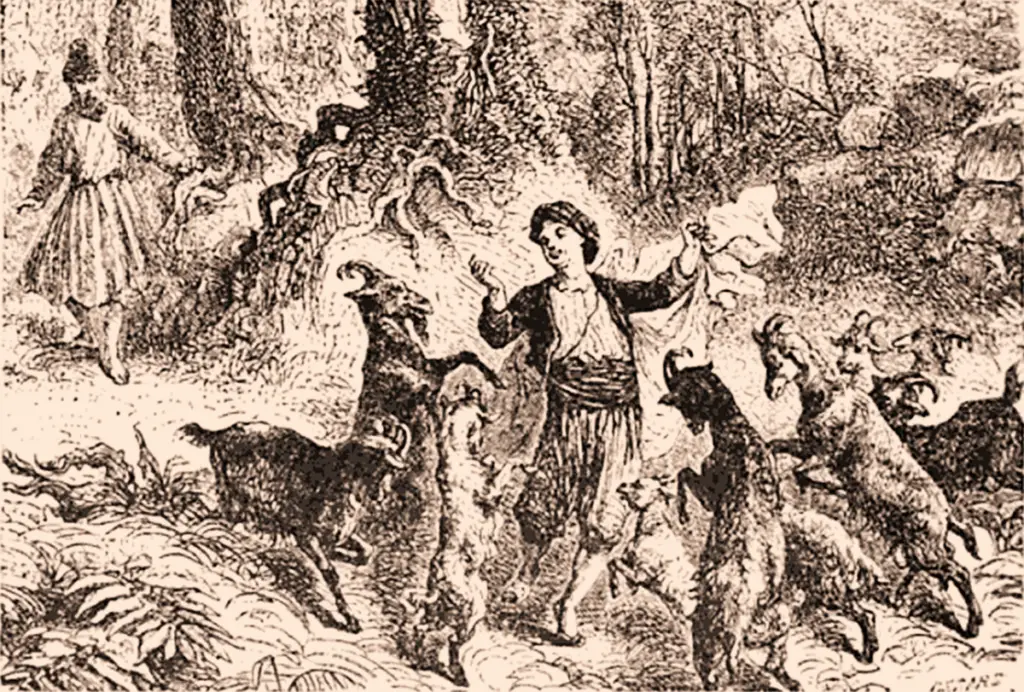For more than a decade, the coffee latte art movement has been growing around the world. Even a competition in the coffee industry has been created, the Coffee Fest Latte Art Competition, which attracts baristas from all over the world.
In addition, local coffee shops, and other companies involved in the coffee industry, hold their own latte art competition.
Here is a guide to help you organize your latte art contest.
Table of Contents
What is a latte art contest?
A latte art competition will determine which participant can create the most technically accurate and visually stunning latte art within the given parameters.
Competitions are subject to official rules and regulations and are very popular in Europe, Asia and North America.
Also, these competitions go beyond prizes and awards. These events offer young baristas the opportunity to deepen their passion for coffee, build relationships in the coffee community and have fun with friends.
History of latte art
Although there is no official date for the invention of latte art, it didn’t really catch on until the 1980s. There were probably early versions, but the first American to perfect this technique was barista David Schomer, and in Italy it was Luigi Lupi.
The exponential growth of technology in the coffee shops led to experimentation and creativity among the experienced baristas. In the 1990s, coffee shops across the United States tried their hand at latte art.
How to organize a latte art contest
If you are planning to host a latte art contest, consider the following tips.
Host
At a latte art competition, the master of ceremonies should be someone who is confident at the microphone and involved in the event. He or she announces the rounds and participants and guides the audience through the event.
Participant
Specify who can attend, whether the event is open to all and will be divided into categories, or whether latte art experience is required.
Specify the number of participants. This depends on the size of the event and the given infrastructure as well as the time allotted for the event. If the number of participants is too large, timeouts may occur.
Judge
It would not be a competition without a jury to determine the winners. The judges should be a mix of different disciplines or perspectives to make the judging interesting and comprehensive.
The judges should have at least a basic knowledge of latte art.
Equipment
No latte art without the right equipment.
Espresso machine
There are dozens of different machines that you can use to make your espresso. However, if you expect it to be intense competition, you can opt for a dual-head espresso machine. This allows the barista to prepare multiple shots at once and keeps the competition moving.
Coffee grinder with funnel
Grinding coffee without a hopper can waste time and disrupt or delay competition.
Dishes or cups
Have enough dishes ready for the participants. If you focus exclusively on latte art, you need different glass sizes. While baristas typically practice with a standard 8oz, 12oz, and 16oz glass, this can be any size.
Milk froth jug
A must-have barware for your competition is stainless steel pitchers. You may use a provided jug or allow participants to bring their own jug.
Preparation of the venue and premises
Every competition needs a venue. Here are some areas to name.
Workplace
You need a bar set up to accommodate multiple baristas. There should also be space for the equipment and dishes. The workplaces are preferably set up in such a way that the audience also has a view of the baristas.
Host stand
Even if your guests aren’t participating in the competition, make sure everyone is welcome. Direct guests to suitable seating or standing areas.
Registration status
This stand can be combined with the host stand if required. Here you will find a sales station or box where you can take payments and a list where you can collect contact information such as names, email addresses and phone numbers.
Remind participants of the program and requirements for each round. While they should have access to this information prior to the event, it makes sense to reiterate key points.
Table of the judges
Locate the judges’ table near the bar so they can better judge the art of the art latte.
Assessment criteria
The most important assessment criteria are summarized as follows.
- Balance and symmetry: The dividing lines are regular and do not show any fluctuations.
- Harmony: Between the size of the mug and the size and position of the design.
- Clarity of design: contrast.
- Quality of the texture of the milk.
Schedule and details of the competition
Every well-organized event needs a schedule, which helps the guests. Be prepared for short-term changes as well. Use your hospitality to change and continue the event.
Marketing and advertisement
A simple and effective way to make your voice heard is by spreading information through social media such as Instagram, Facebook, Twitter and TikTok.
Alternatively, direct invitation is a great way to build relationships in the coffee community and get more competitors to sign up. Get in touch with them via email, phone, or voice-to-voice.
Why baristas make latte art
Latte art is a spectacle. The designs are interesting and coffee drinkers love watching the smooth milk flow into the espresso and unfold into different shapes. It’s a sign that the barista knows what they’re doing and that they’re putting all their skills into the drink.
In addition, the art of latte requires perfectly frothed milk. If there is too much or too little froth, the milk will not serve properly.
How to make latte art
The white milk contrasts with the brown of the espresso and allows you to “draw” shapes. A barista can have thousands of failed attempts before truly perfecting the art of latte. But once you know the basics, any home barista can start putting their heart into their espresso.
The basics
The first step is to drink an espresso. The milk should have a dense, well-integrated froth.
Then slowly pour in, making sure there are no bubbles in the milk or cream. Once you’ve mastered the pouring technique, you can start incorporating shapes into your drinks.
Simple designs
Beginners almost always try to do a heart or a leaf. If you pour the milk into the coffee correctly, you will notice that a circle of foam forms around the milk. You can drag the milk through this circle to make a heart. This simple process is relatively easy to accomplish, but it takes a lot of practice to do it every time.
Complex patterns
Many skillful artists pour milk in different places to create different shapes. Others use toothpicks to add extra sparkle to their designs. Once you know how to make latte art, there is plenty of room for creativity and discovery.
Which milk makes the best milk coffee?
You may be able to prepare a strong milky coffee perfectly with whole milk, but you’re stuck with soy milk. Some baristas prefer to work with low-fat milk. If you know how each milk is boiled and poured, you too can master the art of the art latte.
Whole milk
The ideal texture for a latte is mainly due to the fats in the milk. As a rule of thumb, the more fat in the milk, the better the latte art. Whole milk is preferred by baristas because it easily reaches the right consistency and pours perfectly into the espresso.
Skimmed milk is rather difficult. Since the fat has been removed, skim milk consists mainly of lactose and water. This results in the milk having an excess of very light foam that settles on top instead of being absorbed into the milk.
Milk alternatives
Many coffee drinkers like the taste of espresso but don’t want dairy. Alternatives such as soy milk, almond milk or coconut milk are difficult to turn into milk coffee.
However, if the milk is too watery it won’t make latte art, and if it’s too thick it won’t work either. Experiment with different brands and try different temperatures and vaping techniques. Each of these drinks works differently, so finding the right one is important.
Why host a latte art contest?
A latte art competition can be a fun and exciting way to connect with the community and showcase barista skills. It can also be used to promote a company or brand and attract new customers.
It can also be a great opportunity for baristas to network and learn from other industry professionals. But it can also be a way to raise money for a charity. Overall, organizing a latte art contest can be a great way to bring people together and create a memorable experience for all participants.
Conclusion
Whether you’re a regular coffee drinker wanting to learn more about latte art or a new barista, latte art is fun and anyone can do it. The experience of drinking coffee is already unique and enjoyable, and you can take it to the next level by trying to master latte art.
An event like this is also a challenge for the hosts. We hope this guide will be of some help in organizing your first contest and help you avoid mistakes.



